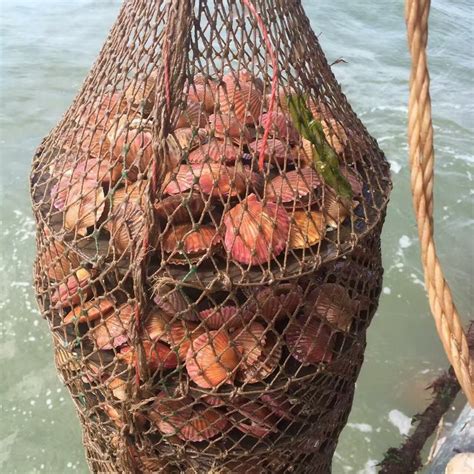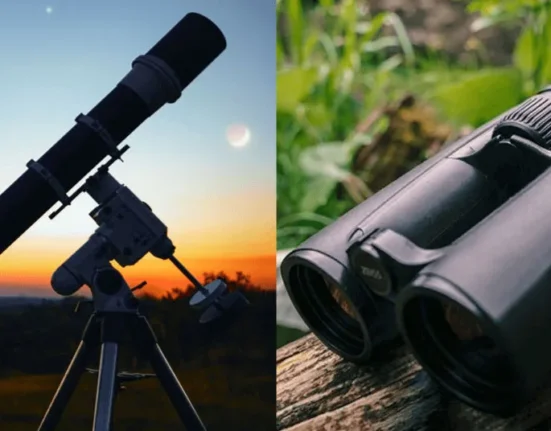Diving into the world of scallop farming, researchers have uncovered valuable insights that could revolutionize the way these delectable shellfish are cultivated. The study, recently published in the esteemed academic journal Aquaculture, delves deep into the comparison between two prominent scallop farming methods – ear-hanging and lantern net culture. Led by Christopher Noren, a postdoctoral researcher at UMaine, this research venture aims to shed light on which approach holds the key to optimal results for commercial growers.
**Evaluating Two Common Farming Methods**
Maine’s nascent scallop aquaculture industry is poised for growth, with farmers on the lookout for effective strategies to boost production. Currently, suspended culture reigns supreme as the go-to method, where multi-tiered lantern nets serve as incubators for scallops until they reach harvestable size. However, this technique comes with its challenges, requiring constant maintenance to combat biofouling and maintain ideal growth conditions.
Enter ear-hanging – a novel technique borrowed from Japanese scallop farming practices. By delicately suspending scallops on lines after drilling small holes in their shells, this method offers enhanced water flow and potentially reduces maintenance efforts significantly.
To ascertain the efficacy of each approach, researchers collaborated with two commercial scallop farms situated in Maine’s picturesque Penobscot Bay and Frenchman Bay. Over a span of four years, they meticulously monitored scallop growth metrics alongside adductor muscle weights – a crucial determinant of market value in U.S. seafood markets.
**Findings to Transform Maine’s Aquaculture Landscape**
The study unearthed fascinating revelations regarding the performance of ear-hanging versus traditional lantern net culture. Surprisingly, scallops nurtured through ear-hanging exhibited slightly larger shell heights compared to their counterparts grown in lantern nets – boasting an impressive 1-4% increase.
More significantly though was the discovery that ear-hanging methodology resulted in up to 12% more adductor muscle weight – a game-changer considering this component forms the primary product sold at seafood markets across America and commands higher prices when bulkier.
“We wanted to provide growers with data they could actually use on the water,”
remarked Christopher Noren about their groundbreaking findings.
“By comparing these two methods across a full grow-out cycle, we were able to pinpoint where biological advantages lie and how they could translate into better yields and streamlined operations.”
The role of temperature emerged as a critical factor influencing scallop growth rates; while ear-hanging accelerated growth under optimal conditions ranging between 50°F and 59°F when winter struck with colder temperatures it posed challenges not faced by those reared in lantern nets.
**Sustaining Domestic Seafood Supply**
Amidst soaring imports of seafood including coveted scallops from foreign shores by American consumers nurturing domestic aquaculture becomes imperative than ever before. Studies like these serve as guiding beacons aiding Maine farmers fine-tune operations towards profitability.
“This research equips us with tangible numbers,”
highlighted Andrew Peters – owner of Vertical Bay LLC who co-authored the study.
“Understanding how subtle shifts in gear selection impact growth trajectories and market worth empowers us to make informed choices while expanding our footprint in Maine’s burgeoning scallop farming sector.”
Through meticulous identification of techniques striking a harmonious balance between growth efficiency and labor demands UMaine researchers are actively steering towards sculpting sustainable future prospects for the Gulf Coast’s thriving sea-scallop aquafarming domain.









Leave feedback about this